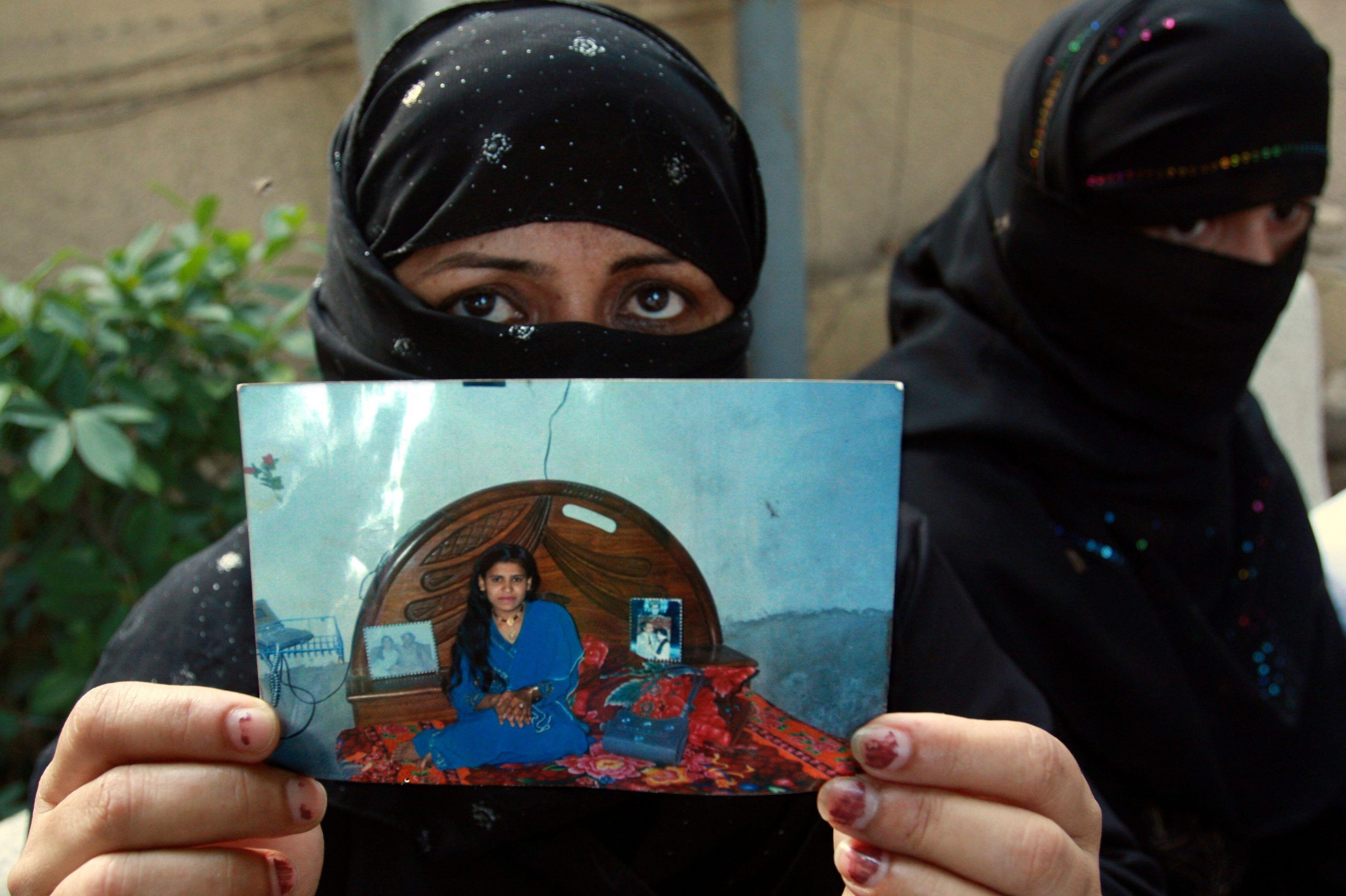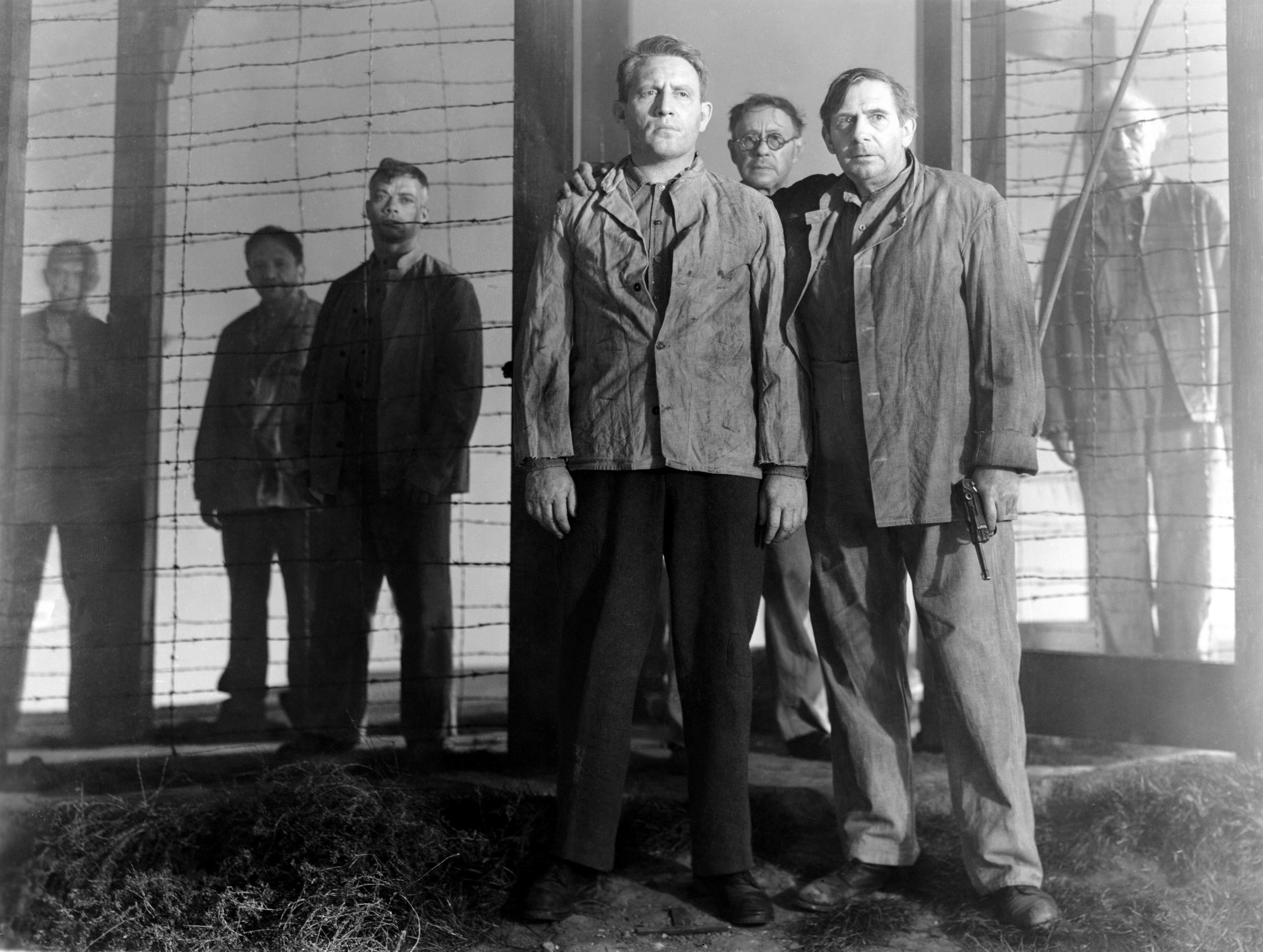The four editors of Assam’s English daily, The Drongo Express, meet in person once or twice a month. They sit hunched over their laptops and notebooks – either at parks or in someone’s house in Diphu, where the paper is headquartered – figuring out how to keep their newspaper afloat.
One of them, Helvellyn Timungpi, from the tribal district of Karbi Anglong, told Index: “Last year, our publisher decided to walk away from the newspaper. We who were on the editorial board came together and signed the partnership deed and got a transfer of ownership. We didn’t have any other employment, and we wanted to stop this newspaper from going down the drain.”
Like many newspapers in North East India – which is made up of eight states including Assam – The Drongo Express relies heavily on advertisements placed by government departments. “We haven’t received a single penny since last October,” said Timungpi.
“If we were receiving our bills regularly, we would be OK.”
Home to about 140 notified Scheduled Tribes [indigenous groups], the region remains poorly covered by the mainstream media. Most Delhi-based media houses continue to employ just one reporter in the region. Others send journalists to cover only stories of extreme violence – for instance, the ongoing ethnic conflict in Manipur or the botched security operation in Nagaland that led to several civilian deaths. Local news channels, newspapers and websites have played a significant role in filling this gap.
Karma Paljor, a former news anchor and founder of EastMojo – the first and only independent digital news outlet that primarily covers the North East – said media ownership was a big problem.
“Anyone with a reasonable amount of money, including contractors, lobbyists and politicians can start a media organisation,” he said. “There are very few newspapers here that stand for balanced news.”
The demographic complexity of the region also plays a part.
“On account of the region’s layered contemporary history as well as ethnic and linguistic faultlines, most local publications do tend to be nativist and, in many cases, unabashedly take sides on polarising topics such as immigration,” explained Tora Agarwala, an independent journalist based in Assam.
Media organisations in the region are often faced with a lack of revenue and resources. Kenter Joya, the managing editor of the Arunachal Pradesh-based Eastern Sentinel, said: “The cost of printing papers is 15 rupees, and we are selling it at three rupees. Vendors take 50% of this money … we try to make it up through advertisements from state government, which constitute 65% of advertisements placed, and corporate advertisements.
“Annually, bi-annually, we receive only 50-60% of what we are owed for the advertisements.”
She said she wondered if payment was being withheld as a form of punishment.
Meanwhile, repeated calls for subscriptions, especially by independent outlets such as EastMojo, haven’t yielded many results.
“The people of the North East are not aware of the power of media, hence they aren’t able to fathom why they should support us,” Paljor said.
“I don’t know who to blame,” said an exasperated Timungpi. “No matter how penniless I become, I want to cling to this profession. But it pains me when my three children have nothing to eat.”






